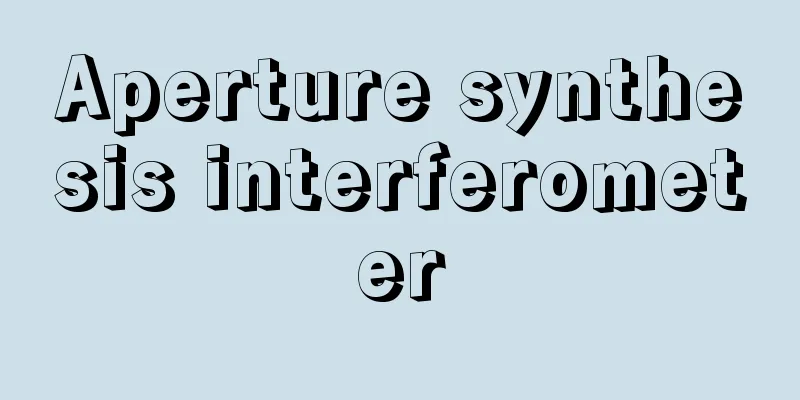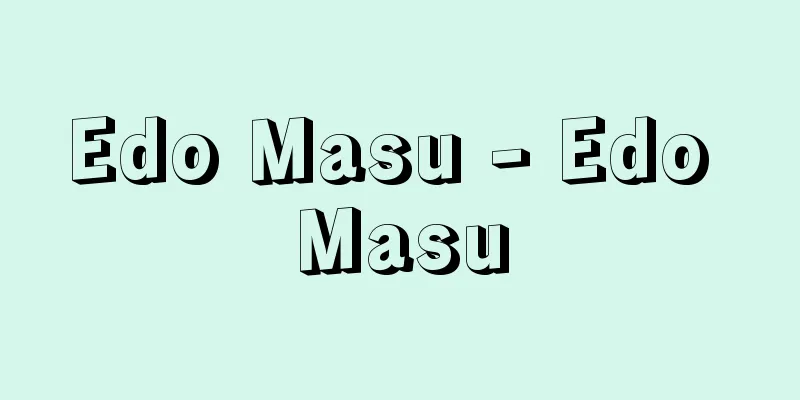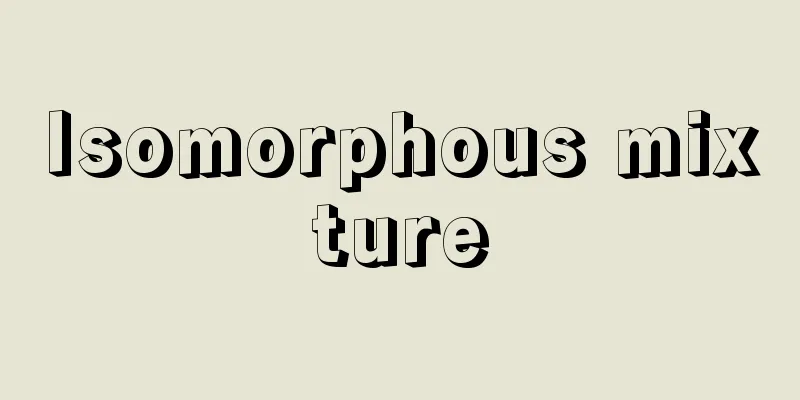Painted pottery - Saimondoki

|
A general term for earthenware decorated with patterns made with pigments, not including glazed pottery. Many designs are applied before firing, but some designs are applied after firing. Iron-containing red clay is the most common pigment used, which turns red in an oxidizing flame and black in a reducing flame. Graphite, lead oxide, and white clay may also be used. Painted earthenware first developed independently in the centers of agricultural cultures in Western Asia, China, and Central and South America, and spread to surrounding areas as agriculture spread. In Western Asia, painted pottery appeared in the second half of the 7th millennium BC under the Neolithic culture in the Zagros Mountains. In the early period, geometric patterns were used, but eventually animal, plant and human figures were also used, and it is thought that they had a magical meaning. Painted pottery originating in Western Asia was also transmitted to Southern Europe, Central Asia and India, and each region developed its own unique painted pottery, which became the signature relic of each culture. In China, painted pottery was born in the 4th millennium BC under the Yangshao culture of the Central Plains and the Qinglianggang culture of eastern China, and the tradition came to an end in the Longshan culture period in the Central Plains, but continued to be produced in the Gansu region into the Yin and Zhou dynasties. In Central and South America, painted pottery first appeared in Peru, Mexico, and Guatemala around 2000 BC, and this tradition continued into modern times, as can be seen among the Pueblo peoples (Native Americans). [Akira Hori] [Reference items] | | |Source: Shogakukan Encyclopedia Nipponica About Encyclopedia Nipponica Information | Legend |
|
顔料(がんりょう)を用いて文様を描いた土器の総称で、釉薬(ゆうやく)をかけた陶器は含めない。焼成前に施文したものが多いが、焼成後に文様をつけたものもある。顔料には鉄分を含む赤土などがおもに用いられ、酸化炎では赤く、還元炎では黒く発色する。また黒鉛や酸化鉛、白粘土などが使われている場合もある。彩文土器は西アジア、中国、中南米などの農耕文化の中心地でそれぞれ独自に発生し、農耕の伝播(でんぱ)とともに周辺地域へ広がっていった。 西アジアでは紀元前七千年紀後半に、ザーグロス山脈中の新石器文化のもとで彩文土器が出現する。初期には幾何学文が描かれているが、やがて動物文、植物文、人物文なども用いられ、呪術(じゅじゅつ)的な意味が込められていたと考えられる。西アジア起源の彩文土器は南ヨーロッパ、中央アジア、インド方面にも伝えられ、各地に独自の彩文土器が成立し、各文化の標式遺物となっている。中国では前四千年紀に中原(ちゅうげん)の仰韶(ぎょうしょう)文化や華東の青蓮岡(せいれんこう)文化のもとで彩文土器(彩陶)が生まれ、中原では竜山文化期にその伝統はとだえるが、甘粛(かんしゅく)方面では殷(いん)・周代に至ってもつくり続けられる。中南米では、前2000年ごろにペルーやメキシコ、グアテマラ方面で彩文土器が発生し、その伝統はプエブロ人(アメリカ先住民)にみられるように近代にまで続いていた。 [堀 晄] [参照項目] | | |出典 小学館 日本大百科全書(ニッポニカ)日本大百科全書(ニッポニカ)について 情報 | 凡例 |
Recommend
Guinea [Region] (English name)
The name given by Western Europeans to the west co...
Founder/Founder - Kaisankaiki
It refers to the founding of a Buddhist temple, an...
Yakutsk (English spelling) Якутск/Yakutsk
The capital of the Sakha Republic in the eastern ...
Qiu Ying - Qiu Ying
Dates of birth and death unknown. A professional ...
Woman in a Decorative Window
...The constitutional capital of the Netherlands ...
Naomoto Ujiie
⇒ Ujiie Bokuzen Source: Kodansha Digital Japanese ...
Mountain Tokyo Mountain
A late Edo period author of gokan (collected volu...
Chinese sturgeon - Chinese sturgeon
…The eggs hatch in about a week, and the young fi...
Work School
In the narrow sense, it refers to education throu...
Kingdom of Judah - Judah
A kingdom that was established by the division of...
Changsha
A prefecture-level city along the lower reaches o...
Shrimp Bug - Shrimp Bug
An insect belonging to the order Hemiptera and th...
Abyssinia Plateau - Abyssinia Plateau (English spelling)
The former name of the Ethiopian Plateau in the n...
Ummidia fragaria (English spelling) Ummidiafragaria
...The family Antrodiaetidae is found only in Jap...
euxenite
…Niobium and tantalum have very similar propertie...









